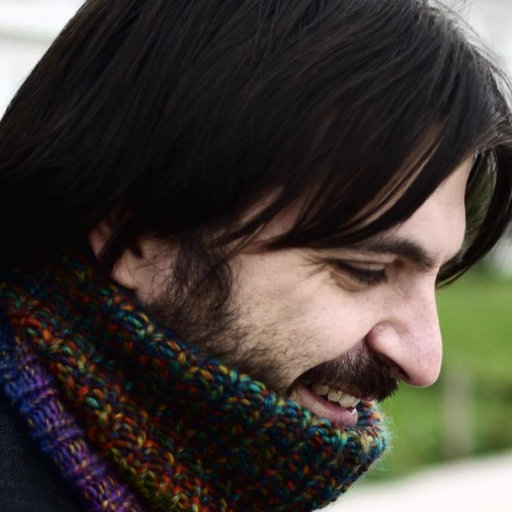Abstract – Macular degeneration (MD) represents one of the main causes of vision loss and a serious health concern worldwide. Late-stage MD leads to the development of a region of retinal blindness (scotoma), forcing patients to adopt compensatory oculomotor strategies to perform everyday tasks such as reading, recognizing faces, and navigation. A common strategy involves functionally replacing the fovea with a portion of spare retina outside of the scotoma, called Preferred retinal locus (PRL). However, the mechanisms underlying PRL development appear elusive, and progresses are complicated by practical issues inherent to MD research, including compliance, transportation to testing facilities, high heterogeneity, and comorbidity. Gaze-contingent simulation of central vision loss offers a potential framework for the study of compensatory oculomotor strategies in which many parameters, such as the onset, size, and shape of the scotoma can be precisely controlled. I will present a simulated scotoma study aimed at understanding the development of compensatory oculomotor strategies: specifically, I will describe a method to extract relevant oculomotor metrics, show how these change with training, and discuss task-specific and individual differences in oculomotor behavior in conditions of simulated central vision loss. Taken together, these results highlight how simulated scotomas may help understand oculomotor patterns following central vision loss, and potentially train eye movements in MD patients. These studies are part of a larger framework that I am currently developing to characterize, evaluate and train central vision loss in an integrated model that addresses the far-reaching consequences of loss of central vision, including changes in low level vision, oculomotor control and higher-level visual functions. https://psychology.ucr.edu/about-our-department/postdoctoral-researchers/ Improving Zoom accessibility for people with hearing impairments People with hearing impairments often use lipreading and speechreading to improve speech comprehension. This approach is helpful but only works if the speaker’s face and mouth are clearly visible. For the benefit of people with hearing impairments on Zoom calls, please enable your device’s camera whenever you are speaking on Zoom, and face the camera while you speak. (Feel free to disable your camera when you aren’t speaking.) Abstract:Macular degeneration (MD) represents one of the main causes of vision loss and a serious health concern worldwide. Late-stage MD leads to the development of a region of retinal blindness (scotoma), forcing patients to adopt compensatory oculomotor strategies to perform everyday tasks such as reading, recognizing faces, and navigation. A common strategy involves functionally replacing the fovea with a portion of spare retina outside of the scotoma, called Preferred retinal locus (PRL).However, the mechanisms underlying PRL development appear elusive, and progresses are complicated by practical issues inherent to MD research, including compliance, transportation to testing facilities, high heterogeneity, and comorbidity.Gaze-contingent simulation of central vision loss offers a potential framework for the study of compensatory oculomotor strategies in which many parameters, such as the onset, size, and shape of the scotoma can be precisely controlled.I will present a simulated scotoma study aimed at understanding the development of compensatory oculomotor strategies: specifically, I will describe a method to extract relevant oculomotor metrics, show how these change with training, and discuss task-specific and individual differences in oculomotor behavior in conditions of simulated central vision loss.Taken together, these results highlight how simulated scotomas may help understand oculomotor patterns following central vision loss, and potentially train eye movements in MD patients.These studies are part of a larger framework that I am currently developing to characterize, evaluate and train central vision loss in an integrated model that addresses the far-reaching consequences of loss of central vision, including changes in low-level vision, oculomotor control, and higher-level visual functions. https://psychology.ucr.edu/about-our-department/postdoctoral-researchers/Improving Zoom accessibility for people with hearing impairmentsPeople with hearing impairments often use lipreading and speechreading to improve speech comprehension. This approach is helpful but only works if the speaker’s face and mouth are clearly visible. For the benefit of people with hearing impairments on Zoom calls, please enable your device’s camera whenever you are speaking on Zoom, and face the camera while you speak. (Feel free to disable your camera when you aren’t speaking.)









